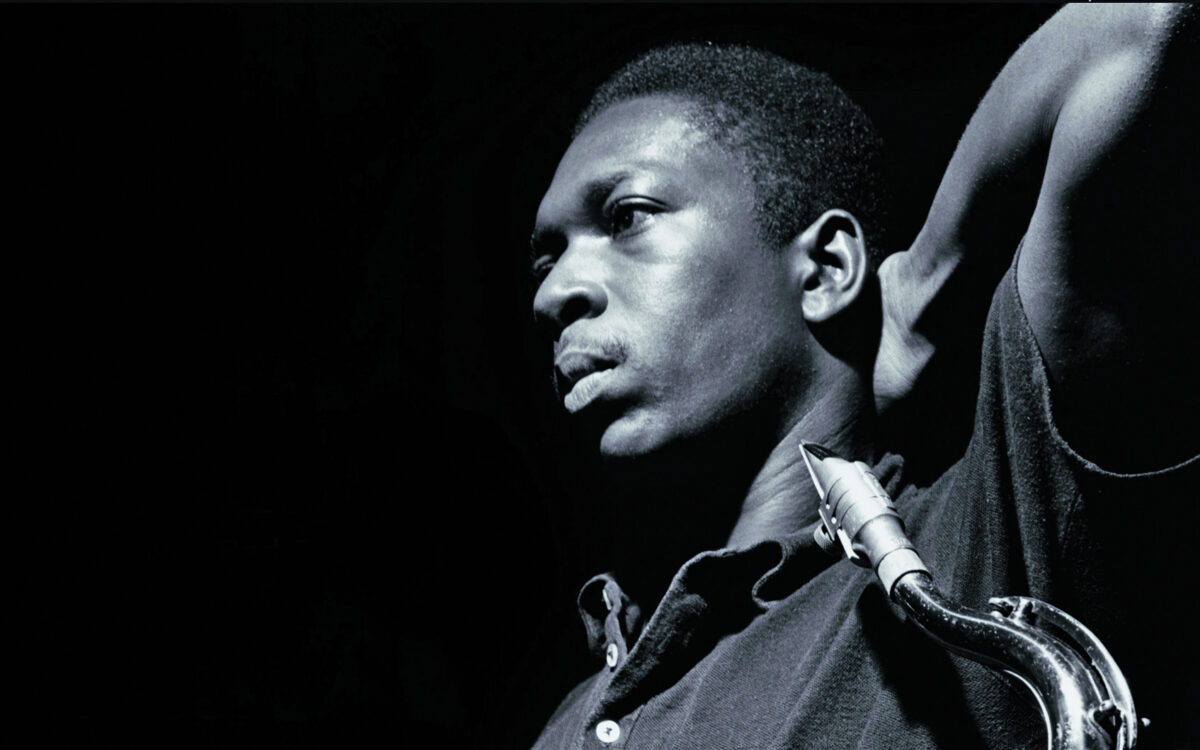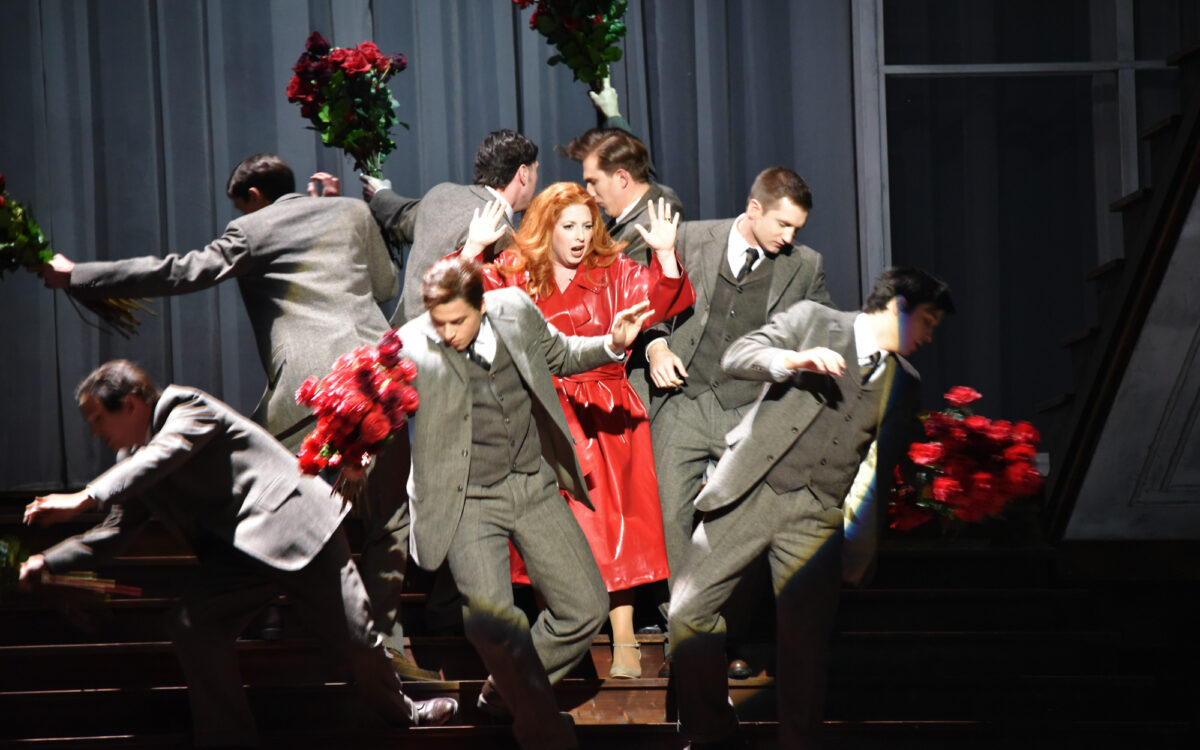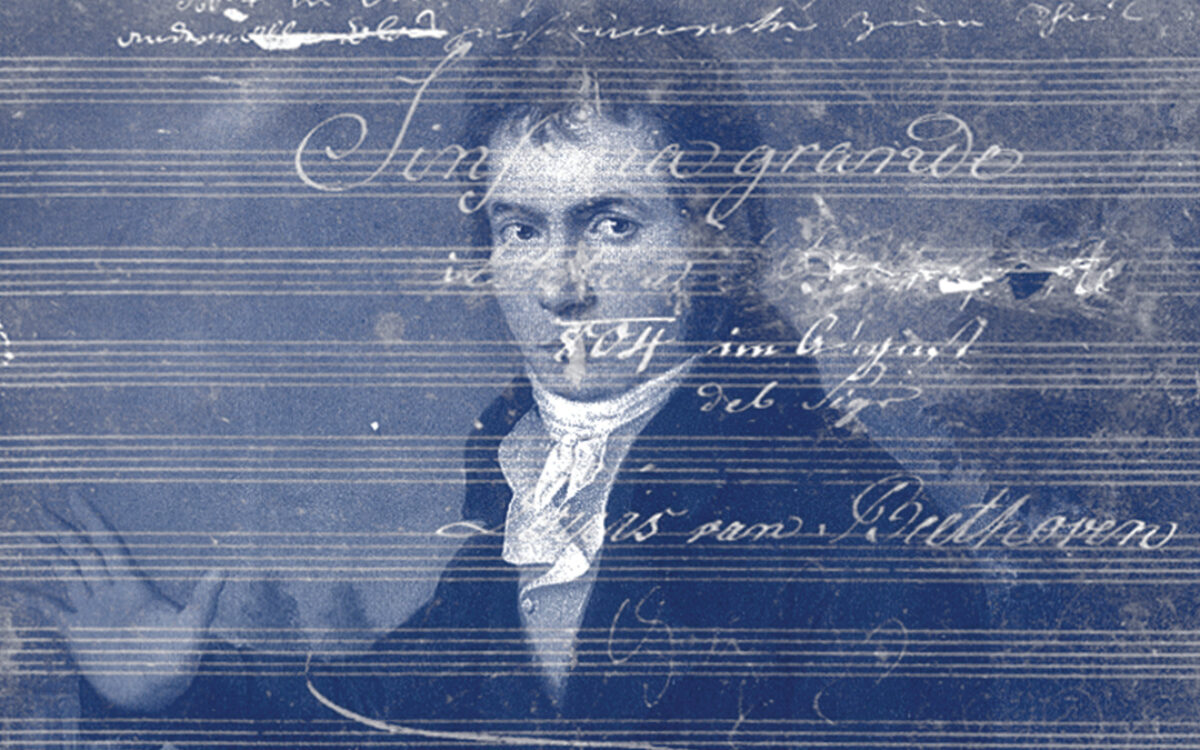Adolphus Hailstork’s "Lachrymosa 1919": A Memorial to Trauma and Resilience
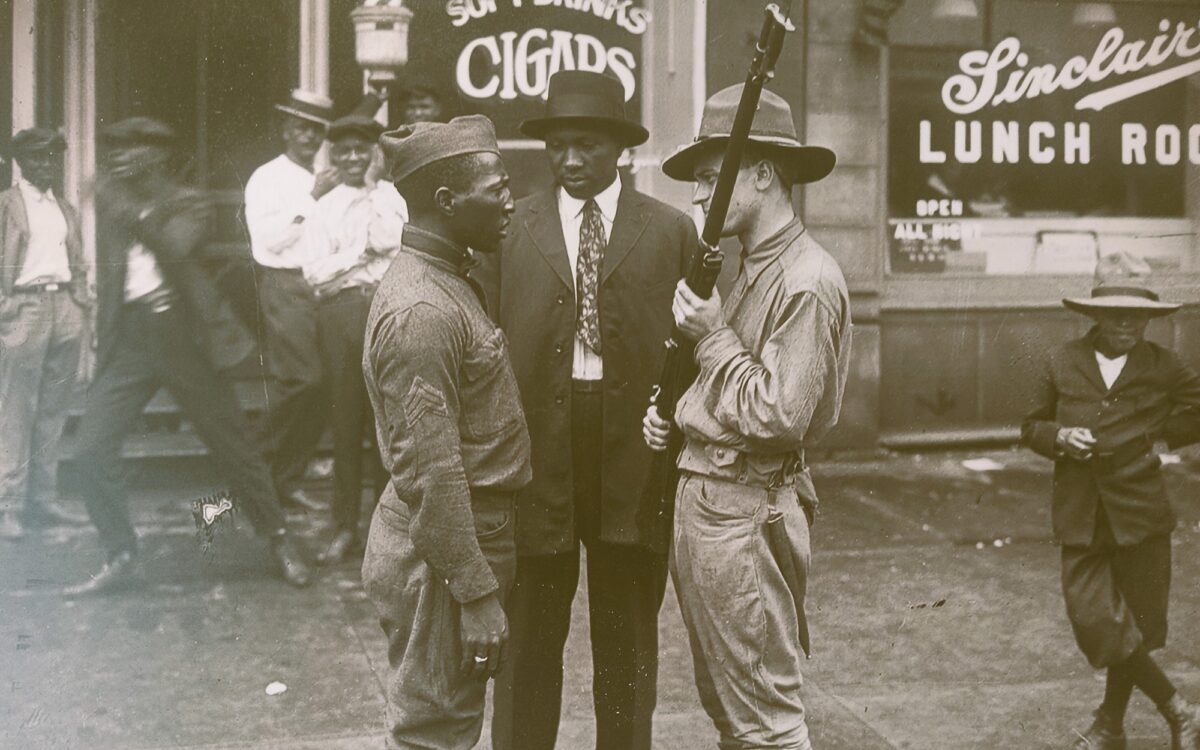
Black soldiers returning home to the U.S. from fighting in World War I, expecting to be welcomed with open arms, found themselves the targets of resentment and hostility in a segregated society. Over the course of the summer and fall of 1919, at least 25 major race riots broke out across the country, from D.C. and Chicago to Knoxville and Omaha. In rural Elaine, Arkansas, one of the most horrific massacres unfolded after Black sharecroppers attempted to organize for better wages. White mobs, backed by local authorities, killed anywhere between 100 to 200 Black men, women, and children in a matter of days. "Some of the soldiers were hanged in their uniforms," Hailstork wrote in his notes for his music.

Hailstork was inspired to write Lachrymosa: 1919 in part by the 2019 centennial commemorations of Red Summer. The work is spare but deeply expressive, leaning into the elegiac potential of the string orchestra to create a sense of collective grief. Hailstork doesn’t depict a single incident from that summer; instead, he offers a lament for the collective suffering and loss endured by Black Americans. The music unfolds slowly, mournfully, with long lines and aching dissonances that refuse easy resolution.
In Hailstork’s own words, the piece is "a quiet, meditative composition, limited in coloring, and subdued in emotion."
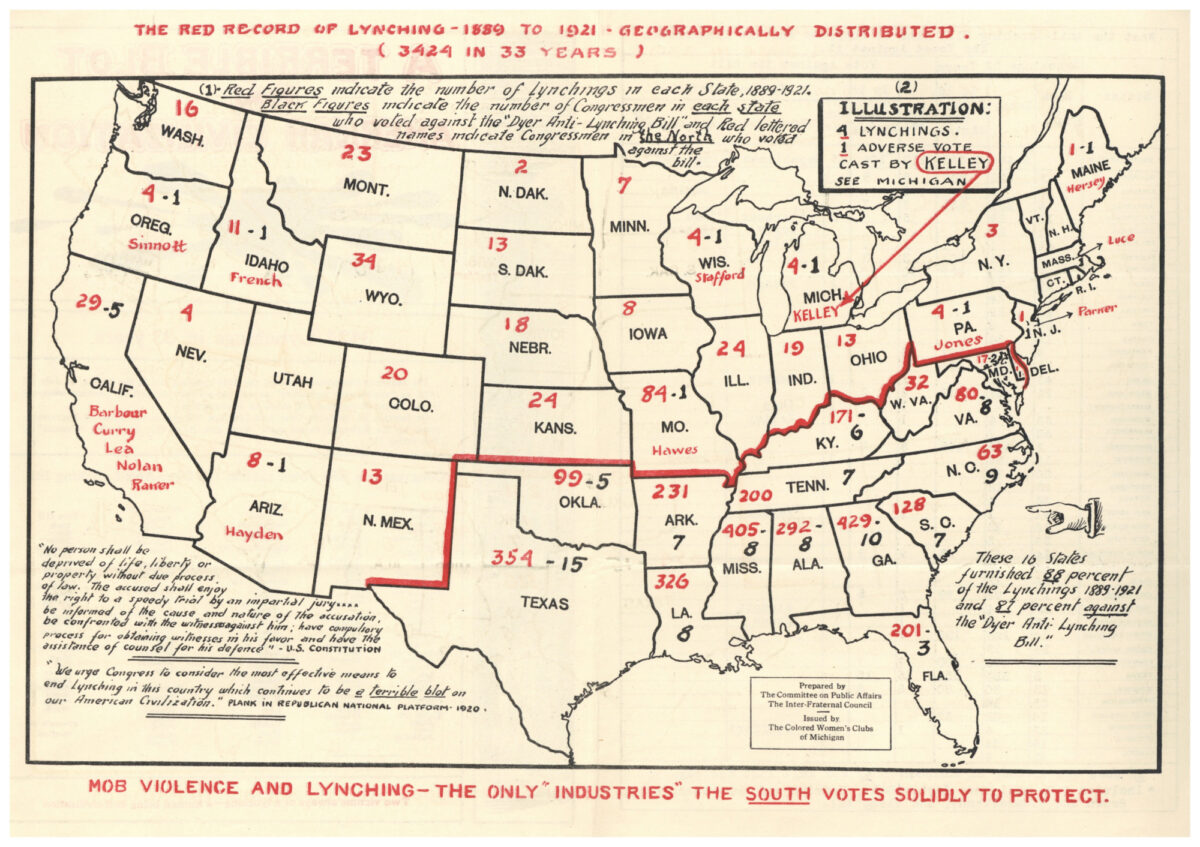
Born in 1941, Hailstork has often used his platform to bring greater visibility to African American experiences in classical music, infusing his compositions with influences from spirituals, gospel, and the blues. Lachrymosa: 1919 is a more restrained, contemplative work, showing his ability to channel emotional weight through subtle lyricism and tone. It also stands among his most powerful and direct responses to racial injustice.
Works like Lachrymosa: 1919 help bring events like the Red Summer to the forefront of public consciousness. In a concert setting, the piece can feel like a moment of communal mourning — an acknowledgment of past trauma and a call to remembrance.
Through restrained, sorrowful beauty, Hailstork transforms history into testimony. Lachrymosa: 1919 asks us not just to remember, but to reckon.
Maya Shwayder is the BSO's Senior Contributing Editor and Copywriter.

